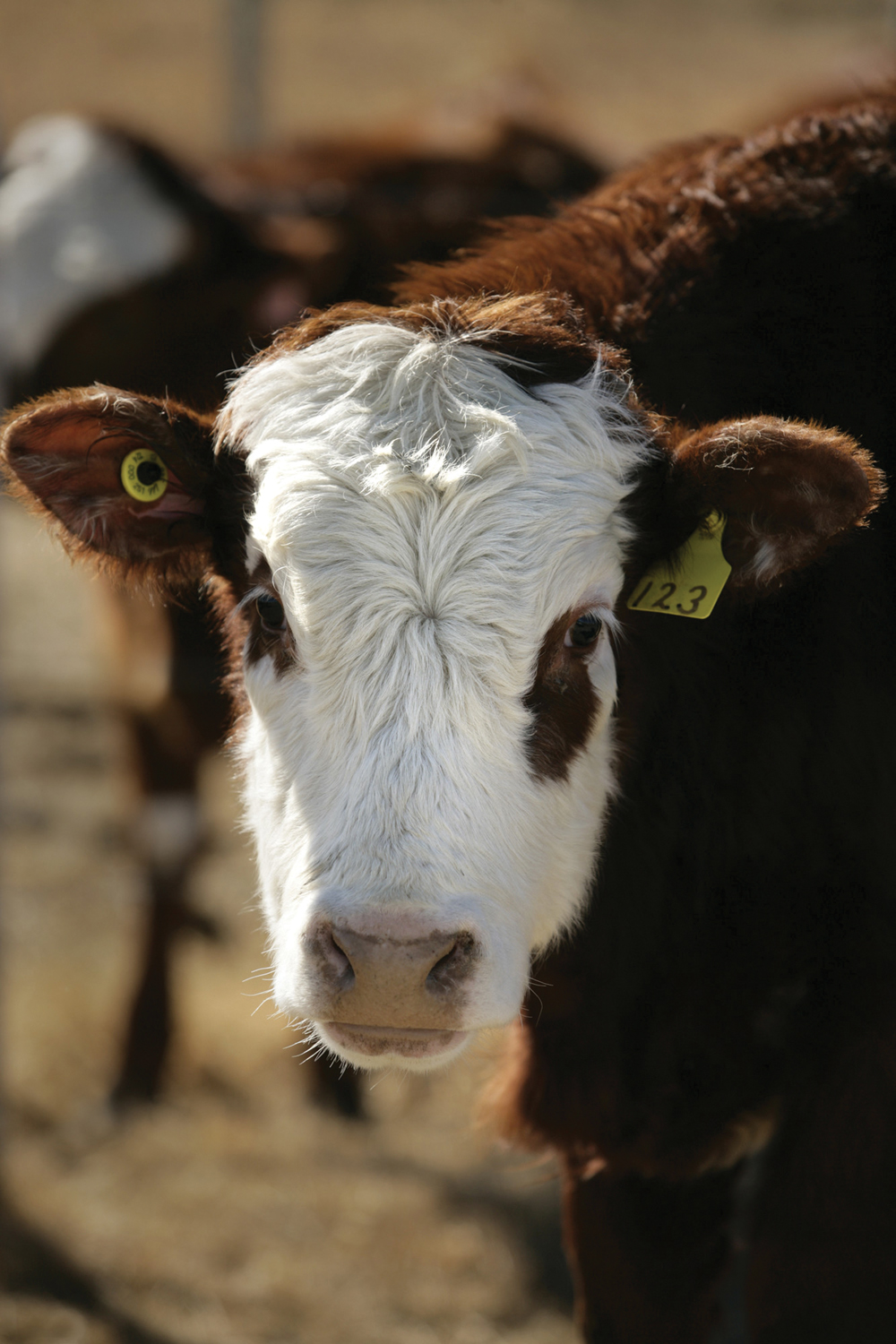When it comes to antimicrobials, one shoe has dropped and the other soon will.
And that means livestock producers who don’t have a working relationship with a vet better start developing one.
As of last month, producers can no longer import antimicrobials for use on their ranches and farms, and growth promotion claims have been removed from labels. And in a year’s time, livestock producers will no longer be able to purchase antimicrobials without a prescription.

“There are new ways that the federal government is dictating how antibiotics will be handled in the future,” said Darrell Dalton, registrar at the Alberta Veterinary Medical Association.
Health Canada has put all antimicrobials that are important to human health on a prescription drug list and as of next December, they’ll need a prescription from a veterinarian to use one.
That process is expected to start in February as veterinary drug makers prepare for that deadline, said Dalton.
“They’ll gradually disappear off the shelves of the lay outlets and appear on the shelves of the veterinary hospitals,” he said.
Read Also

Mosquito-borne virus could be devastating to sheep breeding operations
Cache Valley virus, a mosquito-borne disease that infects small ruminants, could be a devastating hit to small operations.
Three classes of antimicrobials will require a prescription from a vet — Category I (very high importance) drugs are preferred treatments for serious infections in humans and have either no, or very limited, alternatives. Category II (high importance) are also a preferred choice of treatment but have alternatives. But Category III (medium importance) drugs also make the list, even though they are not a preferred choice of treatment in human medicine.
“Many of the chemical classes of antimicrobial drugs, or antibiotics, used in animals are also used in humans,” the Canadian Animal Health Institute noted in a recent release. “If these drugs become ineffective due to the development of bacterial resistance, alternative antimicrobials may not be available.”
The two drugs that will be most affected by this move are penicillin and tetracycline, said Dalton.
And while antimicrobials can be prescribed for sick animals, producers can’t just call up a vet and expect to get one.
“Producers will need to have a relationship with a veterinarian in order to get a prescription for antibiotics,” said Dalton.
And there’s a very precise definition of ‘relationship,’ which is formally called a VCPR (Veterinarian-Client-Patient-Relationship). Vets have to have documented evidence of that relationship, which can include records of farm or clinic visits, examination or lab reports, and consultations. Not only must a vet have recently seen and be personally acquainted with the livestock on a farm, he or she must have “assumed the responsibility for making clinical judgments” about their health and the farmer must have “agreed to follow the veterinarian’s instructions,” according to Canadian Veterinary Medicine Association guidelines.
“Gone are the days when someone can go down to a lay outlet and use them (antimicrobials) without any sort of professional oversight,” said Dalton.
There are lots of good veterinary clinics in the province, and access is good, even though it may be more challenging in some of the northern areas, he added.
“If you’ve got a truck and a trailer, you’ve got access to veterinary service.”
There are some changes in the feed laws as well. Any antibiotics in feed will only be allowed under the direction of a veterinarian.
“In the past two or three years, there has been a push from certain markets asking for antibiotic-free food,” said Dalton. “The public is now demanding or asking for products that are raised with fewer medications or antibiotics.”
The moves were praised by Dr. Herman Barkema, a veterinarian from the University of Calgary, in a speech at Alberta Milk’s recent AGM.
“I’m really behind the changes,” said Barkema. “I think they make sense.”
About 82 per cent of all antimicrobials are used in livestock, with 18 per cent for human health, one per cent for companion animals, and less than one per cent in crops, he said.
Swine and poultry producers have done a good job of limiting their antimicrobial use, but there’s still a long way to go in beef and dairy cattle, Barkema said.
Government officials are still working on some of the detailed rules on the new prescription system. The federal government has conducted a stakeholder review and is determining the best way for producers to access antibiotics and antimicrobials for their livestock, said Dalton. Health Canada also needs to work with the provinces as control, production, and distribution of veterinary drugs fall under their jurisdiction.
















